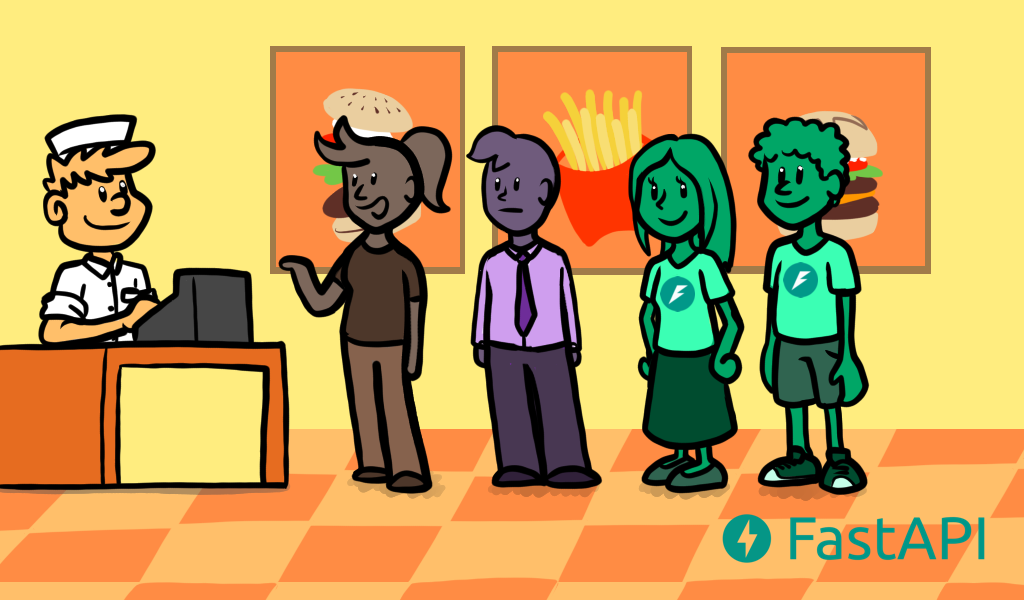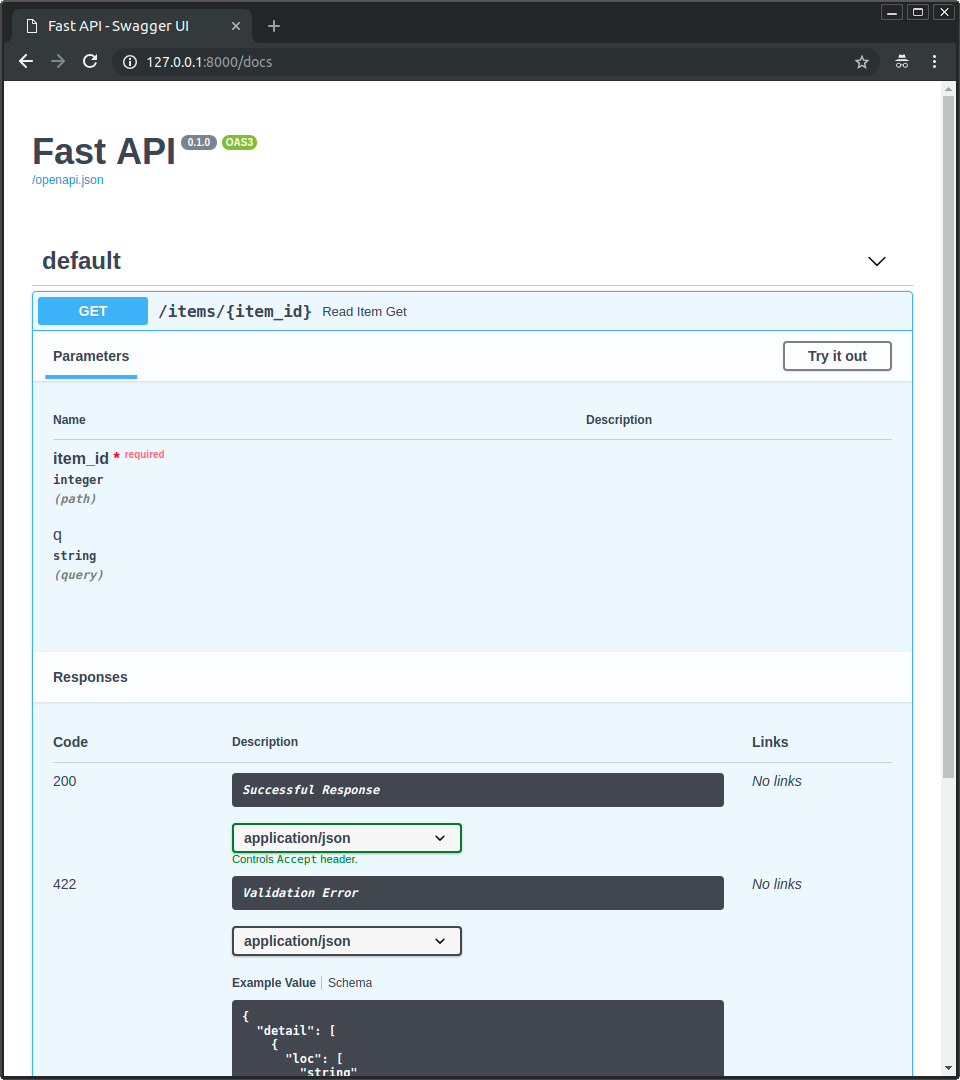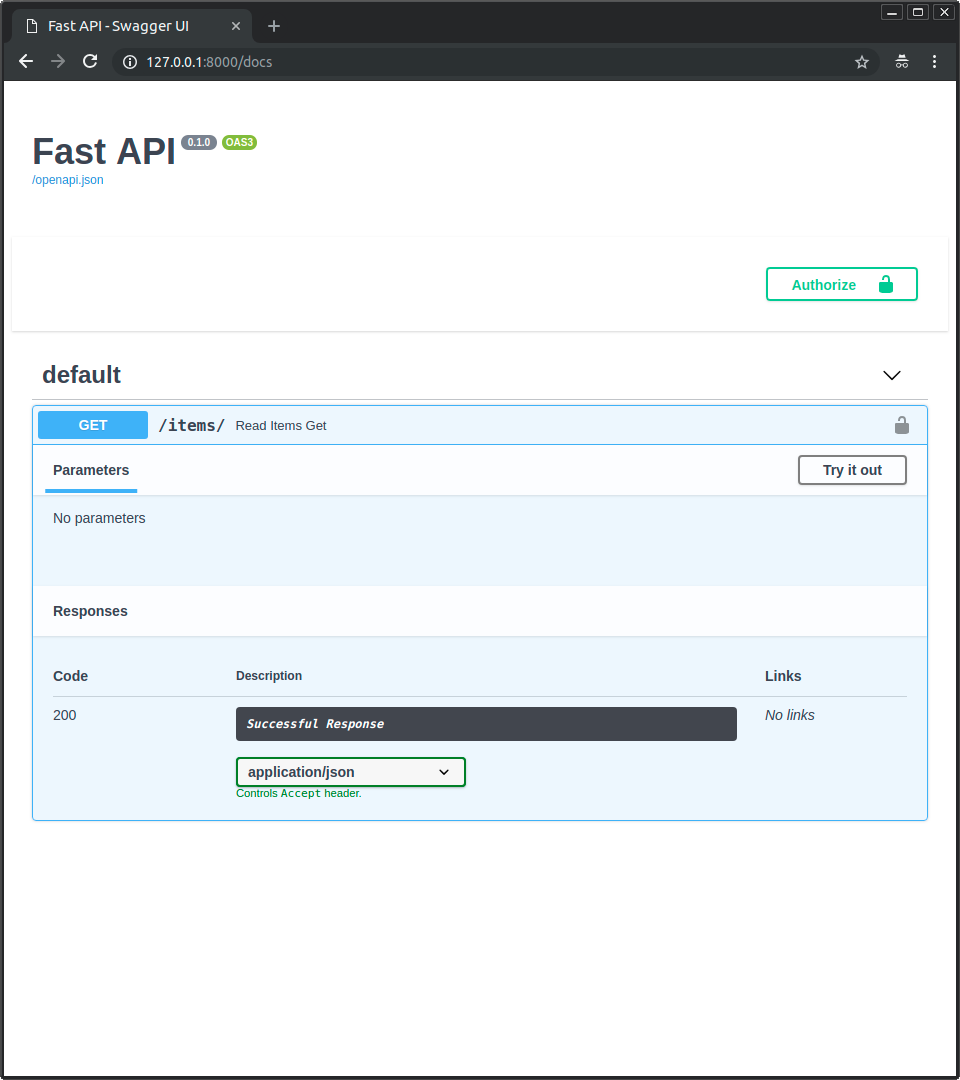I switched to FastAPI in late 2021 after getting burned by Flask's endless configuration hell and Django's overkill complexity for API projects. Three years later, it's the only Python framework I recommend for new API development.
FastAPI isn't just another web framework—it's a paradigm shift.
Created by Sebastián Ramírez in 2018, FastAPI was designed to solve the fundamental problems that plague Python web development: inconsistent performance, manual documentation maintenance, and the eternal struggle between simplicity and robustness. The framework leverages modern Python features like type hints and async/await to create APIs that are both developer-friendly and production-ready.
The Architecture That Actually Makes Sense
FastAPI builds on three foundational technologies that work together seamlessly:
- Starlette for the lightweight ASGI framework
- Pydantic for data validation using Python type hints
- OpenAPI for automatic API documentation generation
This isn't a framework built by committee—it's a carefully architected solution that eliminates the usual Python web development friction.

Performance That Doesn't Require Sacrificing Python
Here's where FastAPI gets interesting. TechEmpower benchmarks consistently show FastAPI handling 20,000+ requests per second for basic endpoints—performance that rivals Node.js and approaches Go territory while maintaining Python's readability. The latest benchmark results confirm FastAPI's position among the fastest web frameworks across all languages.
Real-world performance data (September 2025):
- FastAPI + Uvicorn: 21,000+ requests/second
- Flask + Gunicorn: 9,000 requests/second
- Django: 3,000-5,000 requests/second
The secret sauce is ASGI (Asynchronous Server Gateway Interface) combined with Python's mature asyncio ecosystem. Unlike WSGI frameworks that fake async support, FastAPI was built async-first with Starlette providing the foundation.
But here's what the benchmarks don't show: FastAPI's performance advantage grows dramatically under real-world conditions with database queries, external API calls, and file operations. While synchronous frameworks block the entire thread waiting for I/O, FastAPI continues processing other requests.
The Developer Experience That Ends Framework Fatigue
Automatic API Documentation
Every FastAPI endpoint automatically generates interactive documentation. No more manually maintaining Postman collections or outdated API docs. The moment you define an endpoint, you get:
- Interactive Swagger UI at
/docs - Alternative ReDoc interface at
/redoc - OpenAPI 3.0 schema for client generation
from fastapi import FastAPI
from pydantic import BaseModel
app = FastAPI()
class User(BaseModel):
name: str
email: str
age: int
@app.post("/users/")
async def create_user(user: User):
return {"message": f"Created user {user.name}"}
That's it. No decorators, no manual schema definitions, no separate documentation files. The type hints provide everything FastAPI needs.
Type Safety That Actually Works
FastAPI leverages Python's type hints for automatic request validation, response serialization, and IDE support. Invalid requests get rejected before your code runs, with detailed error messages explaining exactly what went wrong.
Dependency Injection Done Right
FastAPI's dependency injection system eliminates boilerplate while maintaining testability:
from fastapi import Depends
async def get_db_session():
# Database session logic
pass
@app.get("/users/{user_id}")
async def get_user(user_id: int, db = Depends(get_db_session)):
# Your endpoint logic with injected dependencies
pass
Clean, explicit, and easily mockable for testing.
Production Deployment Reality
FastAPI applications deploy exactly like any other Python ASGI app, but with significantly better performance characteristics:
Container Deployment:
FROM python:3.12-slim
COPY requirements.txt .
RUN pip install -r requirements.txt
COPY . .
CMD ["uvicorn", "main:app", "--host", "0.0.0.0", "--port", "8000", "--workers", "4"]
Key production considerations:
- Use Uvicorn with multiple workers for CPU-bound tasks
- Configure proper connection pooling for databases
- Implement proper logging and monitoring
- Set up health checks at
/health
The Ecosystem That Keeps Growing
FastAPI's ecosystem in 2025 includes mature solutions for every production need:
- Database Integration: SQLAlchemy, Tortoise ORM, Databases
- Authentication: OAuth2, JWT, integration with Auth0, Cognito
- Testing: Native TestClient, pytest integration
- Background Tasks: Celery, RQ, built-in background tasks
- Monitoring: Integration with Sentry, DataDog, Prometheus
When FastAPI Fits (And When It Doesn't)
FastAPI excels for:
- REST APIs and microservices
- ML model serving and data processing pipelines
- Real-time applications with WebSocket support
- Any project where performance and documentation matter
Consider alternatives for:
- Traditional web applications with server-side rendering (use Django)
- Simple scripting or prototyping (Flask might be faster to start)
- Teams without async experience (steeper learning curve initially)
The Migration Path From Other Frameworks
From Flask: FastAPI feels familiar but eliminates most configuration. Your route definitions translate directly, with added type safety and performance.
From Django: FastAPI handles the API layer while Django continues managing admin interfaces, complex business logic, and database migrations. Many teams use both.
From Express.js: FastAPI provides similar development velocity with better type safety and automatic documentation.
The learning curve is gentle if you know Python. The main adjustment is thinking async-first, but the performance and developer experience improvements make it worthwhile.
FastAPI represents the maturation of Python web development—combining the language's strengths with modern architectural patterns. It's not just faster than the alternatives; it's more maintainable, better documented, and more enjoyable to work with.
After three years of FastAPI in production, I can't imagine going back to the old way of building APIs.



